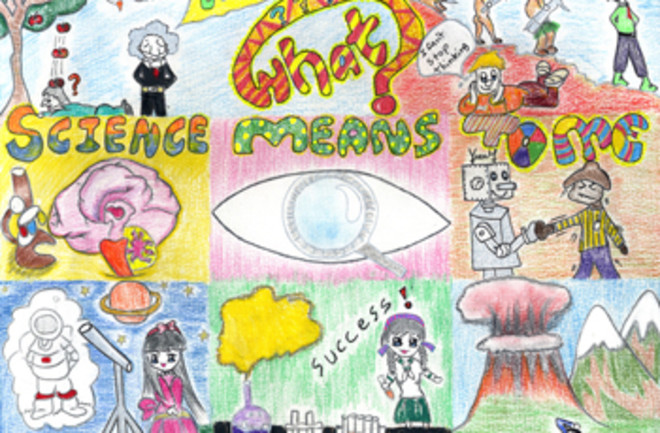In 2001, Carl Wieman won the Nobel Prize for creating a state of matter known as a Bose-Einstein condensate, using lasers to manipulate individual atoms. Now the 56-year-old physicist is trying to manipulate the pieces of a much larger, far more rigid system: higher education in the United States. His goal is to improve the teaching of undergraduate science and math, and he knows he’ll need every watt of his renowned laserlike concentration to get the job done.
“Yes, I think that you can teach old dogs new tricks,” says Wieman, who began working with other science educators several years ago at the University of Colorado at Boulder, before moving this year to the University of British Columbia in Vancouver after being promised $12 million in support of his education endeavors. “But it’s not going to happen overnight.”
Taking on this challenge has required Wieman to set aside his first love—research, a passion that he says was nurtured by his seventh-grade science teacher in rural Oregon. Instead, he is staking out a position in the middle of a growing but often uncoordinated movement to improve the current system of American science, technology, engineering, and mathematics education (often abbreviated as STEM).
Signs of deficiencies abound. U.S. students may be holding their own in math and science at the elementary level, but international comparisons indicate they are falling behind most of their global peers as they progress through the system. And what they do know is often inadequate. The National Assessment of Educational Progress, sometimes called the nation’s report card, reveals that nearly one-third of eighth graders don’t possess even the most basic math skills, a fraction that rises to nearly two-fifths for high school seniors. The staggering number of teachers with STEM class assignments outside their field of expertise certainly doesn’t help: In middle schools, 51.5 percent of math teachers and 40 percent of science teachers lack a major or minor in the subject.

